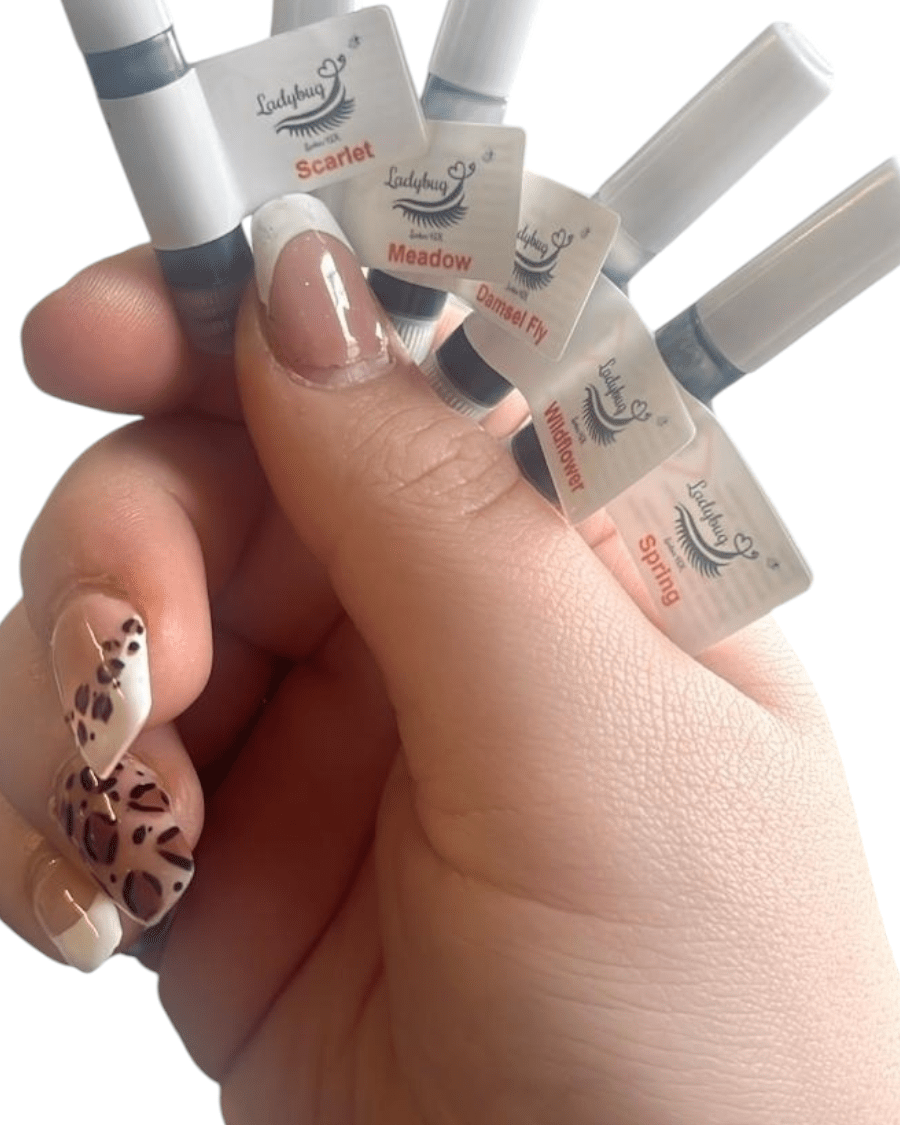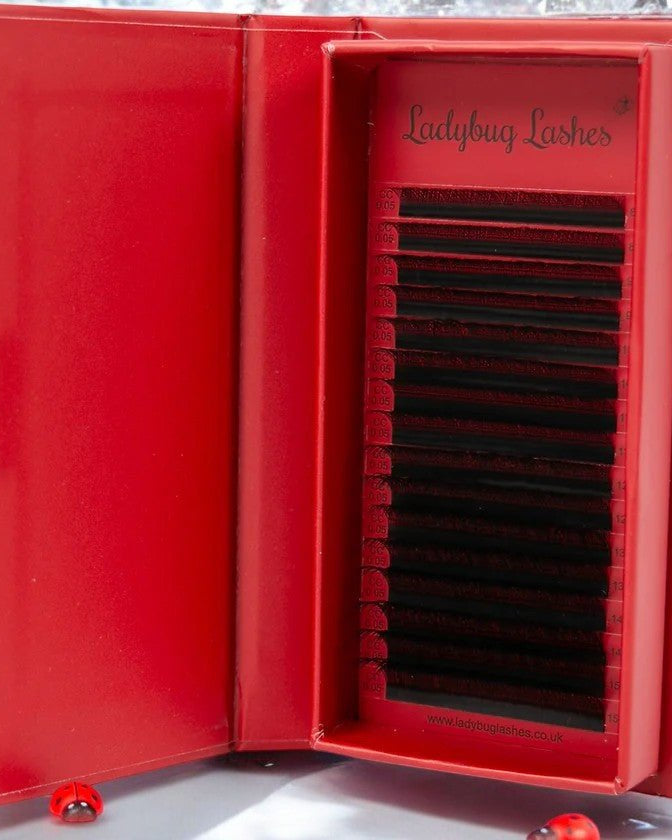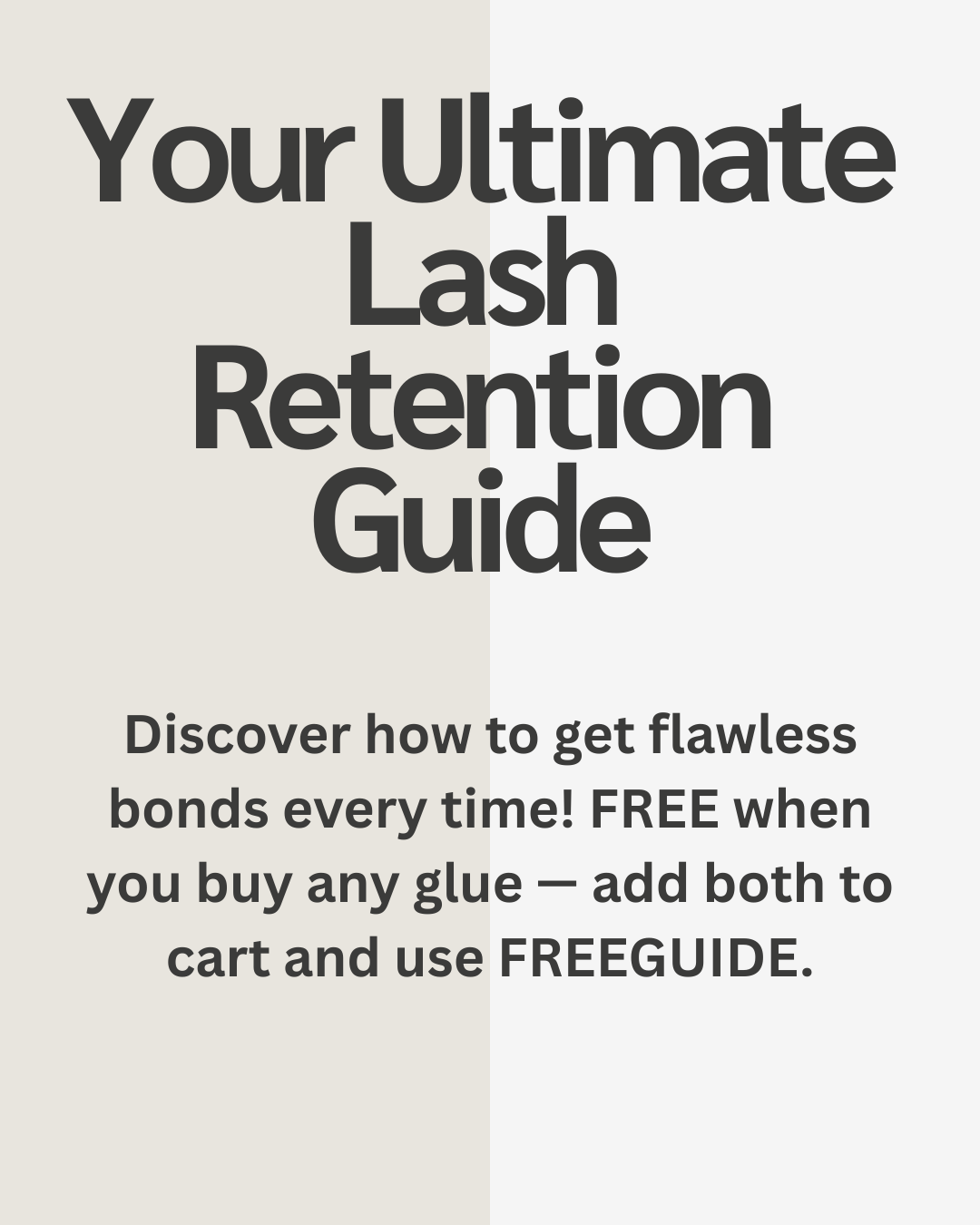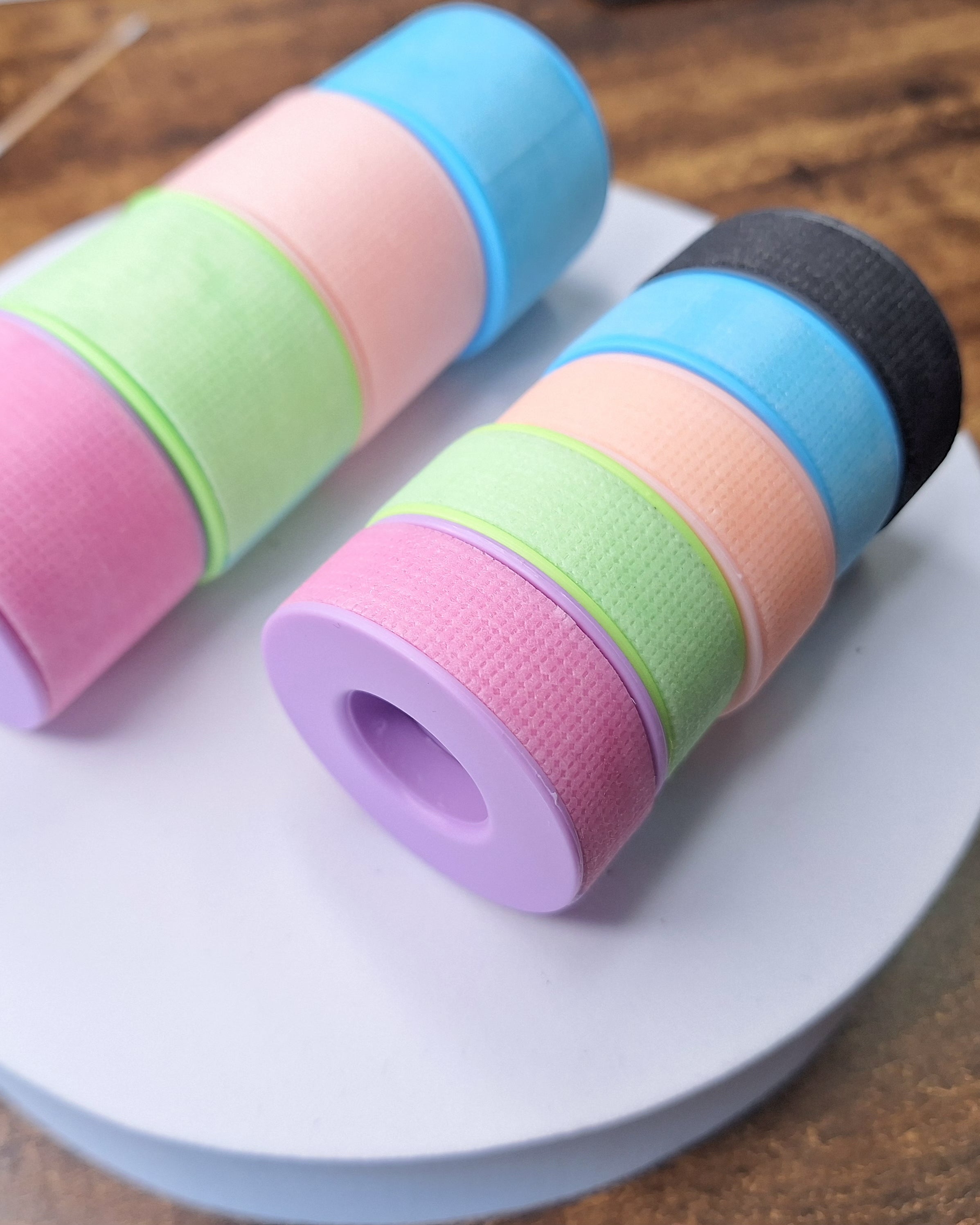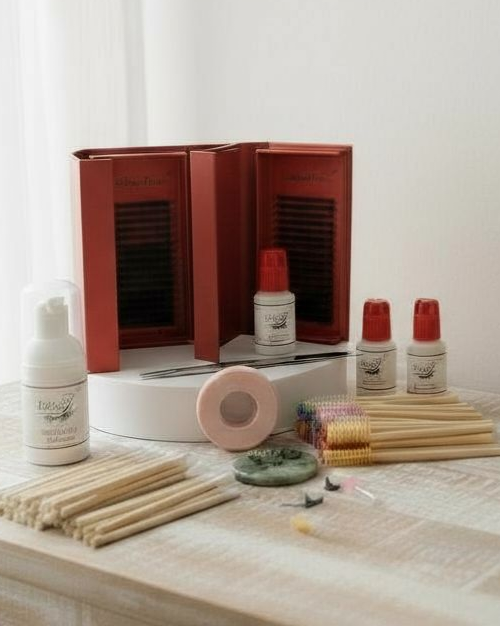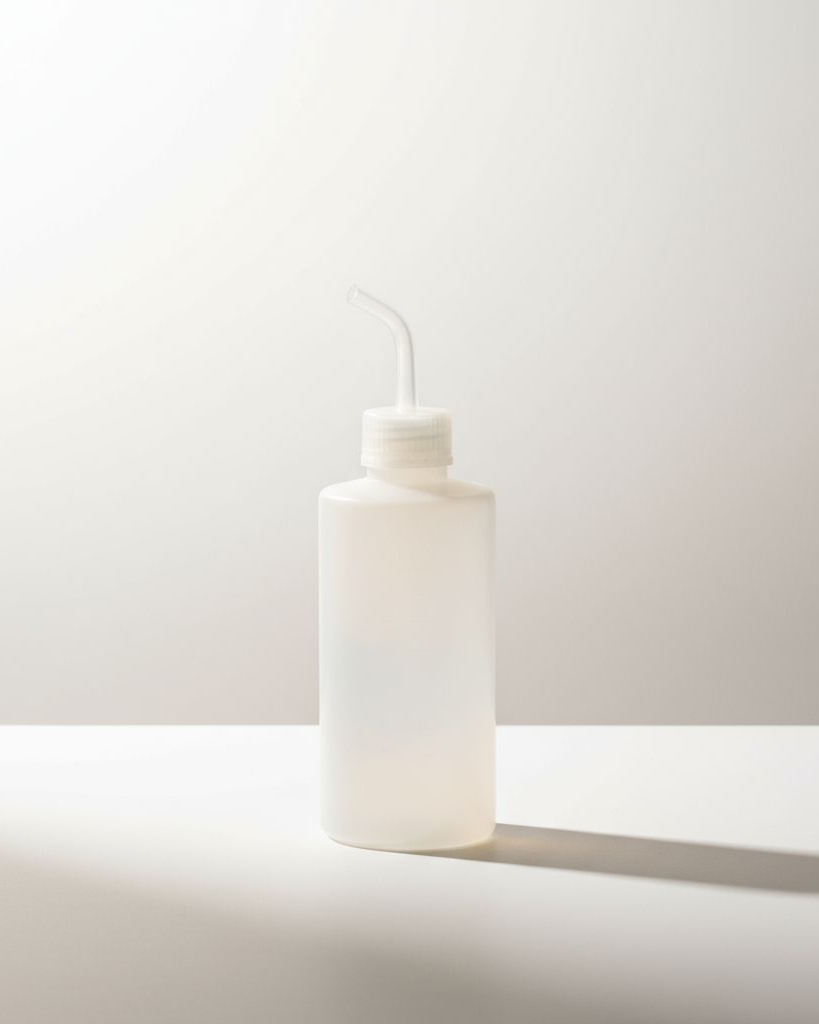Lash Artists: The Truth About Hydroquinone in Lash Glue
Hydroquinone has become a major topic in the lash industry, and understandably so. But the real issue is not cosmetic-grade lash adhesives — it is the high, unregulated levels found in some imported glues.
Cosmetic-grade lash adhesives in the UK/EU are safe.
If hydroquinone is included, it is present only in extremely small, legally controlled amounts that sit far below the safety limit. These micro-amounts act as stabilisers and do not pose a risk when used correctly.
Imported, non-cosmetic-grade lash glues are where the danger lies.
Many contain far higher levels of hydroquinone than legally permitted, increasing the likelihood of irritation, allergic reactions and long-term sensitivity.
To make things more confusing, some overseas manufacturers disguise hydroquinone under different names on their MSDS sheets.
Various Names Used to Disguise Hydroquinone
Chemical Synonyms
These are scientific names that still refer to hydroquinone:
-
HQ
-
Hydroquinol
-
Quinol
-
p-Hydroxyphenol
-
1,4-Dihydroxybenzene
-
p-Dihydroxybenzene
-
p-Benzenediol
-
1,4-Benzenediol
-
Benzene-1,4-diol
Disguised “Stabiliser” Terms
-
Hydroquinone derivative
-
Polymerised hydroquinone
-
Aryl diol stabiliser
-
Phenolic stabiliser
-
Aromatic diol
-
Diol compound
Misleading or Vague Terms
-
Quinone compound
-
Quinone stabiliser
-
Quinol derivative
-
Quantum composition
-
Stabiliser 14
-
Stabiliser Q
-
Polymer stabiliser (with no INCI)
-
Antioxidant agent (unspecified)
Code Names Often Used in Imports
-
HQ-01 / HQ-02 / HQ-XX
-
PHEN-14
-
PBN-Diol
-
BD-4
Bottom Line
Cosmetic-grade lash adhesives are regulated, controlled and safe for the eye area.
Cheap imported glues are not. They often contain high levels of hydroquinone and hidden ingredients, significantly increasing the risk of reactions.

